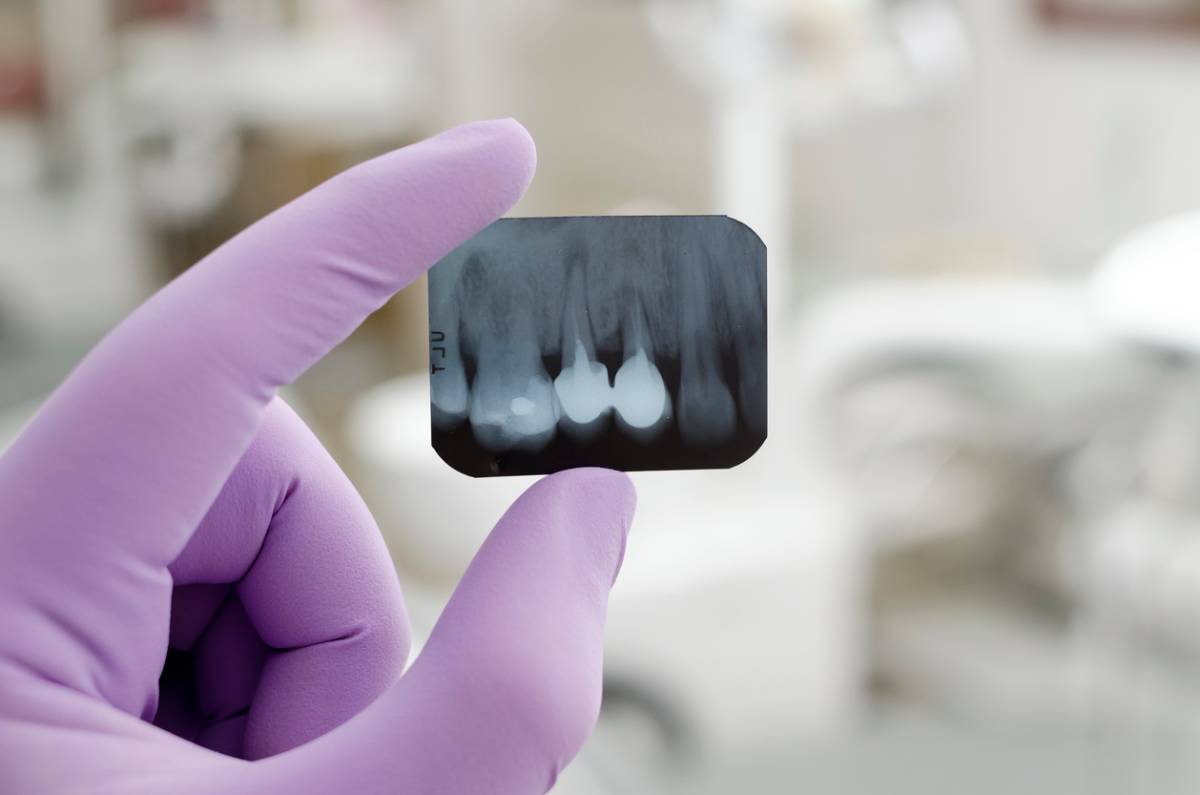Endodontics focuses on diagnosing and treating infections of the tooth’s inner pulp. In this article, we discuss the question: Why would a dentist refer you to an endodontist? Additionally, we describe the most common endodontic treatments and signs that may indicate the need for one of these procedures.
Why Would a Dentist Refer You to an Endodontist?
An endodontist is a dental specialist whose primary focus is the treatment of the pulp and nerves of the tooth. You can be referred to an endodontist in cases when the infection has reached the inner pulp of the tooth or its nerves. The primary goal of an endodontic treatment is to save a severely decayed tooth from extraction and reinforce its structure, restoring its function. Let us look at what procedures can be performed by an endodontist.
Root Canal Therapy
The most common endodontic procedure is root canal therapy. During this procedure, your endodontist accesses the inner part of the tooth through its crown to remove the infected pulp and clean the canals. Then, the canals are filled with biocompatible material and sealed.
In cases where the tooth’s structure is significantly weakened by decay, a dental crown may be required after the root canal procedure. A dental crown reinforces the tooth and protects it from further damage.
Cracked Tooth Management
When a tooth is cracked due to an injury, a root canal therapy might be required to save it. Thus, if the damage is not superficial (a small chip of the outer layer of the tooth) but reaches the inner chamber of the tooth, your doctor will most likely refer you to an endodontist. After the treatment, the tooth can be repaired and reinforced with dental bonding, veneer, or a crown.
Apicoectomy
Apicoectomy is a surgical procedure that is used when an infection is located at the tip of the tooth’s root. During the procedure, your doctor will remove the tip of the root and the surrounding infected tissue, preventing the infection from spreading further.
Endodontic Retreatment
If the initial root canal procedure fails and the tooth becomes reinfected, endodontic retreatment can be used to save the tooth. During this procedure, your doctor will remove the previous filling from the tooth, clean the canals again, and then refill them and seal the tooth.
Root Amputation
Root amputation can be done for teeth with multiple roots if one of them is infected. This procedure can help save the rest of the tooth and prolong its life.
Signs That You Might Need an Endodontic Treatment
Signs of severe tooth infection that most likely require an endodontic treatment include:
- Severe and persistent tooth pain and sensitivity to hot and cold foods and beverages.
- Changes in the color of the tooth (it might become gray, brown, or even black)
- Persistent bad breath and unpleasant taste in the mouth that do not go away after brushing and flossing.
- Swelling of the gums around the infected tooth or pimples and cysts on the gums.
- Pus oozing from the space where the gum is attached to the tooth.
- Pain when chewing on the infected tooth
- Swelling in the face and neck on the side of the infected tooth.
- Swelling of the lymph nodes located close to the infected tooth.
- A fever that accompanies one of the symptoms listed above.
Additionally, as mentioned earlier, a cracked tooth may require endodontic treatment.
Schedule an Appointment with an Experienced Endodontist
Do not hesitate to schedule an appointment with an experienced dentist at OC Dental Specialists if you experience signs of tooth infection or if your general dentist referred you to an endodontist. We are looking forward to your visit.

